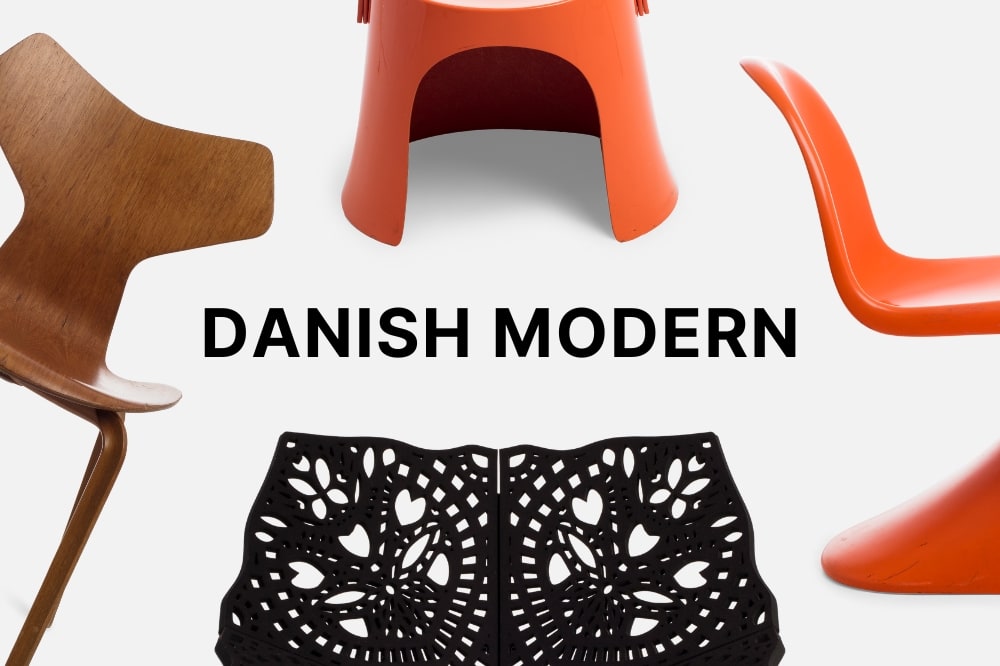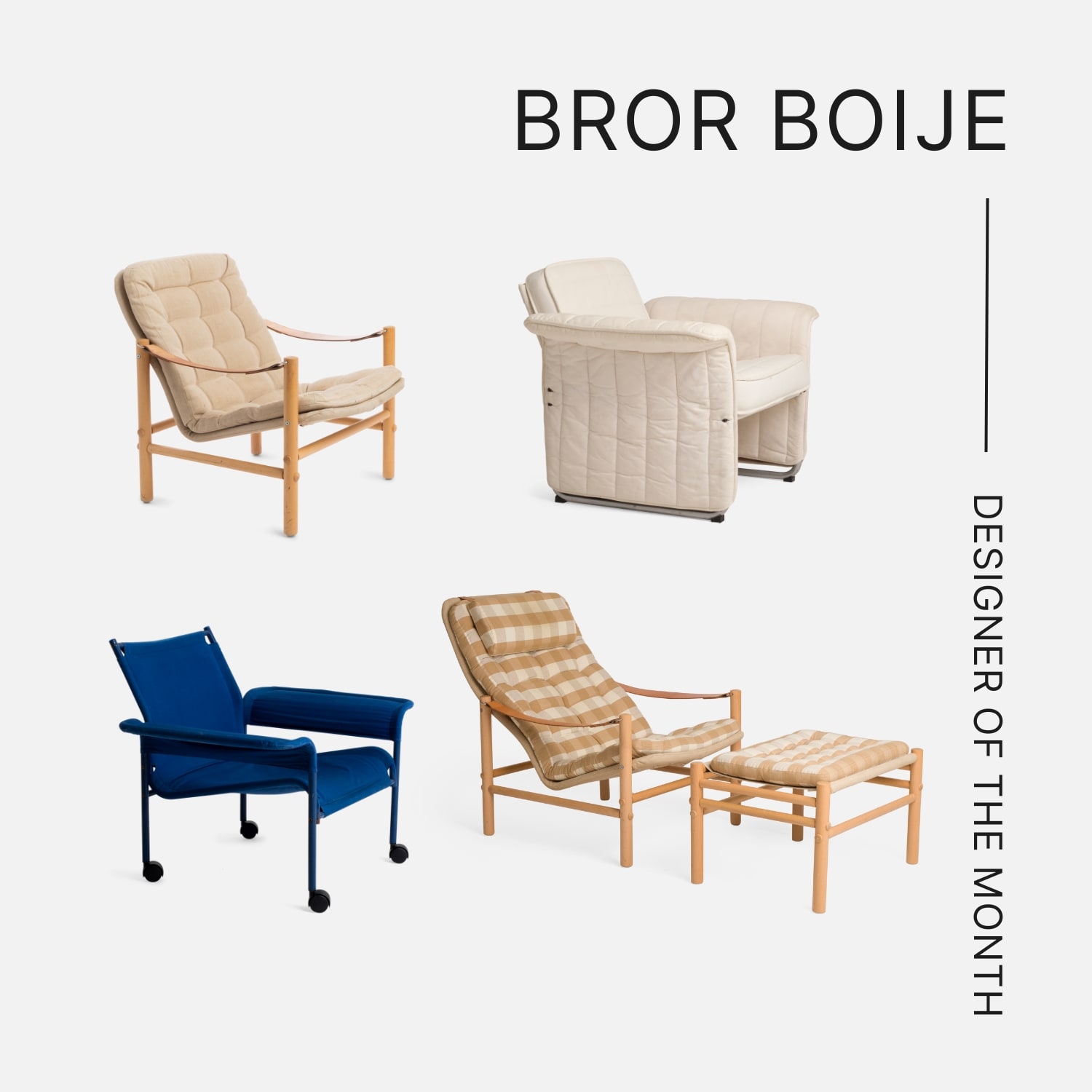
The book Designaktivsten about Annika Heijkenskjöld
Designaktivsten – Annika Heijkenskjöld, pionjären som pratade form med både folket och proffsen
Ingrid Sommar, Historiska Media
In her book “The Design Activist” Ingrid Sommar, journalist, and writer with a focus on architecture and design, digs deep into the professional and private life of Annika Heijenskjöld (1922–2009). Sommar gives a clear overview of plans and coincidences that shaped her professional career, and besides a considerate portrait of the private person Annika.
Outside of design circles, the name Annika Heijkenskjöld is unknown today, but for three decades in the second half of the 20th century, she was a spark of ideas and a force that initiated discussions about all the artifacts of everyday life surrounding us. How do they affect us? Are they good for us and for the environment? Can they be improved? Today, sustainability is on the daily agenda and an obvious cornerstone in design and product development.
But in the early 1960s, when Heijkenskjöld started her Malmö platform Form/ Design Center, the manufacturers and consumers were generally not so aware of the environmental issues. But in line with the growing progressive political climate, Heijkensköld twisted the perspective and urged people from different disciplines to meet and discuss, learn from each other, and make progress together. In that sense, she made her clear tribute to the better everyday life.
In 1950, at the age of 28, Annika Heijkenskjöld applied for the job of secretary of Svenska Slöjdföreningens (Svensk Form´s) department in the south region. She was appointed, and her work relations with Svensk Form lasted for over thirty years. In 1964, she founded the Form/Design Center in Malmö and created a unique platform for exhibitions, talks, seminars, and a showroom for selected products that fulfilled high requirements in functionality, design, and quality in a broad perspective.
During Annika Heijkenskjöld's 25 years as manager for Form/ Design Center, more than five hundred exhibitions were shown and seen by almost five million visitors. But very few of the shows were presented in printed media. The lack of documentation has contributed to the fact that this crackling era has so far not received the attention it deserves, claims Ingrid Sommar. The book she has now written - The Design Activist - tells not only about the pioneer Heijkenskjöld, but also about the rise of the Swedish design world and shaky journey towards the end of the 20th century.
Today Form/ Design Center in Malmö is a still the platform for conversations between designers, the interested public and decision-makers. Form's current manager, Dorte Bo Bojesen, states about Annika Heijenskjöld “She was independent, combative and popular. Her thinking still influences us, it's a privilege to carry her work forward."
Personally I met with Annika Heijkensköld on several occations. We were both members of the Svensk Form board for some years in the 1980s. In this situations she was very outspoken and fought hard for her institution in the south, which was often de-prioritized by Stockholm.
But my best memory is, how ever from one of many exhibitions me and Kersti Sandin designed and built at Form/ Design Center in the 1970s and 80s. The project budget was, as often very thin, especially regarding hotel expenses. “But you can always sleep in the showroom”, Annika said. As some Dux beds were on display, it was no big deal, but Annika forgot to mention this small detail to the security staff. Accordingly, we woke up in the middle of the night with flashlights in our faces and an aggressively growling dog beside the bed… I still remember Annika´s good laughter during the coffee break the day after.
Read more about the book here.
This article was written by Lars Bülow






































































